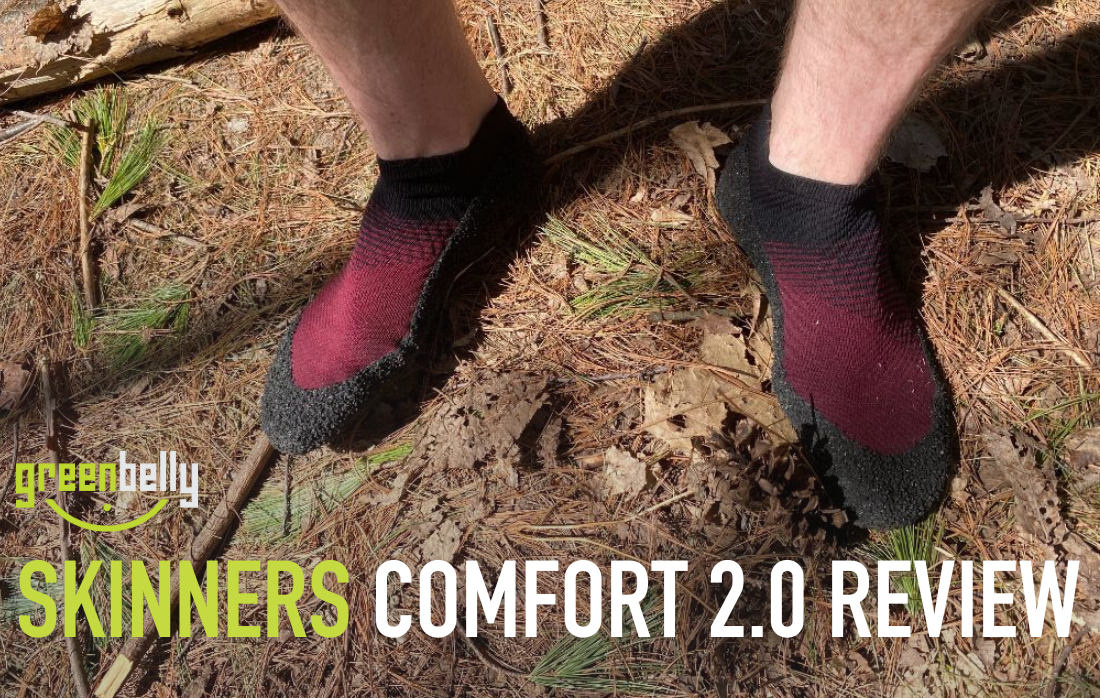At a Glance:
‣ Sock liners are thin socks worn underneath your main hiking socks that significantly help prevent blisters by reducing friction and wicking moisture.
‣ Made of silk, nylon, polyester, or wool.
‣ For adjustability, be sure liners are taller than main socks.
‣ You won’t always need sock liners, but they’re great when you do.
Why are sock liners important?
Sock liners or 'liner socks' are thin socks designed to be worn underneath your main hiking socks.
Sock liners significantly help prevent blisters. Specifically, in two ways:
1) Reduce Friction: Hiking shoes and boots will inevitably rub your feet and create friction. They frequently cut in too tight around the toe box and heels creating hot spots that, over time, can turn into blisters. Stiff boots are usually the biggest culprit.
The extra layer of a sock liner will really help absorb the friction and motion in these hot spots, and ultimately, reduce likelihood of developing a hot spot.
2) Whick Away Moisture: Thick socks inside thick shoes can create hot and steamy feet. These feet will not be breathing well, especially on a strenuous day of hiking or in warm weather. Without proper ventilation, your steamy skin will get wetter and wetter. Ultimately, wet skin is softer and more vulnerable to tear which causes the blisters to form.
Sock liners act as a base layer and help wick that steam and moisture away from your foot and into the thicker outer sock. Less foot moisture = less blisters.

How necessary are sock liners, really?
If you are going for a day hike with well-fitted, comfortable shoes and a pair of quality hiking socks, then you probably do not need any liners.
I backpacked frequently for nearly a decade in tennis shoes and Wal-Mart socks and never had an issue. However, 100 miles into the Appalachian Trail, my feet were a bloody blister mess. Sock liners were a savior and I never hiked a day without them after that.
In short, you won't know you need them... until you need them. They usually weigh under an ounce, so why not pack the insurance policy?
Sock Liner Considerations
Material: Silk, nylon, polyester, wool are the most common. As discussed in our hiking clothes post, synthetic materials are great for fast drying, while wool is great for insulation. Ultimately, just no cotton please.
Thickness: Unless you are hiking in sub-freezing temperatures, keep them thin. I can't stand having a super thick liner underneath my already thick socks. Too thick and they will completely alter your shoe sizing. Remember, these are just an additional barrier so think "pantyhose thickness" - almost see through.
Length: Low-cut liners are light and compact, but nearly impossible to adjust once your outer socks have been put on. Therefore, for easy adjustability, I always recommend keeping your sock liners longer than your outer hiking socks. Also, be sure to pull them snug (not tight) to minimize any wrinkles or folds which can result in friction-induced blisters.
What are the best models?
Most popular sock liner brands and the materials they materials and features they are known for:






 650-Calorie Fuel
650-Calorie Fuel



